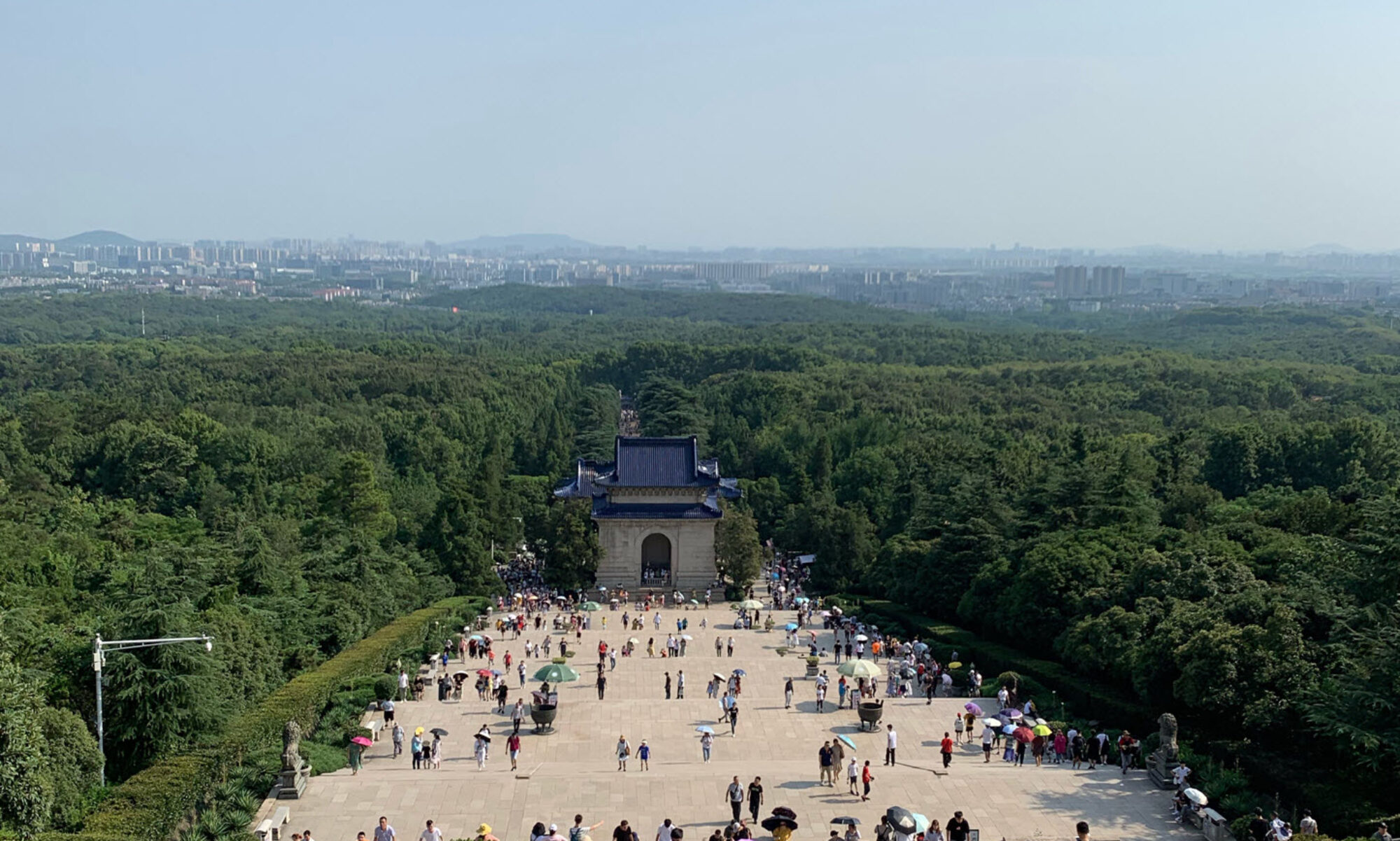












Vår resa till Österns rike












Till slut, efter lång väntan

Det firades med god lunch


The 5th of August when we came to Nanjing we asked about visa. The chinese answer what? We booked ourselves a travel for our visa to Beijing.
The 30th of August gave Chinese us a yellow paper, to use as a passport until the real passport with visa would be sent to us in a week.
The passport didnt came after a week so Krister contacted them. The same answer What? You should sent the yellow paper for the passport.
The 10th of September Krister sent the yellow paper and we was without identity documents ☹️.
Today it’s 18th of September still no passports and we have no bank accounts and my husband and I are without pay. What happens next????
Never before met such poor service, nothing happens☹️
Känns att hösten är på väg, 29 grader men väldigt sköna och svala 29.👍🏻


Ibland är det bra med IKEA


På kvällsmiddag till Zifeng.

Efter pagoden och dess museum gick vi till minnesparken söder om Big gratitude relics park.
The Rain Flower Terrace, one of the most iconic spots in Nanjing, is located to the south of the city and occupies an area of 153.7 hectares. It is rich in historical monuments as well as natural scenery.
The site got its name during the Southern Dynasties (420-589) because of an old and wise monk named Yunguang, who preached the doctrines of Buddhism at the park. According to legend, the monk’s eloquent storytelling moved the heavens so dramatically that the gods rained down flowers like a shower on the area, hence the name “Rain Flower Terrace”. The scenic location is significant in modern Chinese history because it was used as an execution site of revolutionary martyrs. It has since been converted into a memorial area.












Idag begav vi oss till pagoden där porslinstornet en gång stod.
Porslinstornet i Nanjing planlades av den kinesiske kejsaren Yongle som lät tornet uppföras under åren 1411–1430. De första västerlänningarna som upptäckte tornet var europeiska resenärer som ansåg att det var ett av världens sju underverk.
År 1801 träffades tornet av blixten och blev förstört men blev snart restaurerad för att åter bli förstört år 1853 då rebellerna tog över staden Nanjing. De krossade de buddhistiska bilderna och förstörde de trappor som fanns inuti tornet, för att inte tornet skulle kunna vara en utsiktsplattform för kejsar Xianfengs soldater. Idag har man låtit tornet rekonstrueras.












